



Suggested Citation: Umemiya, Chisa, Sumit Prasad, and Shikha Bhasin. 2022. M&E Frameworks for Capacity Building in Climate Transparency: A Comparative Review of Two Quantitative Approaches. New Delhi: Council on Energy, Environment and Water.
This study performs a comparative analysis of the two existing monitoring and evaluation (M&E) methodologies , Capacity-Building Assessment Matrix (CBAM) and Greenhouse Gas Inventories (GHGI) Capacity Indices , both of which aim at undertaking quantitative assessments of capacity-building efforts for climate reporting aspects. In the study, capacity building for the preparation of a national greenhouse inventory is taken as an example as it showcases the conceptual and methodological similarities between the two M&E methods. The study also highlights the significance of the outcomes of the M&E assessments; they hold immense potential in serving as critical inputs to the negotiations and supporting developing countries' transition to the enhanced transparency framework. It urges to initiate discussions on the development of M&E methods and build a common understanding of what constitutes transparency capacity.
The need to monitor and evaluate capacity-building efforts for climate transparency is increasingly recognised to ensure the effectiveness of those efforts and to approach future capacity-building needs strategically. Since it is a newer area, it is important to build our knowledge around available monitoring and evaluation (M&E) methodologies. We compare the status quo of the two existing M&E methodologies, Capacity-Building Assessment Matrix (CBAM) and Greenhouse Gas Inventories (GHGI) Capacity Indices, both of which are aimed at quantitative assessments, with an example of capacity building for the preparation of national greenhouse gas inventories. We observed that the ultimate goal of the two M&E approaches was the same, but they were intended to serve different M&E objectives. Also, there exist conceptual and methodological similarities between the two M&E methods and certain aspects (dimensions and indicators) of the M&E approaches were important for transparency capacity.
Dimension, element and indicator comparison across methodologies
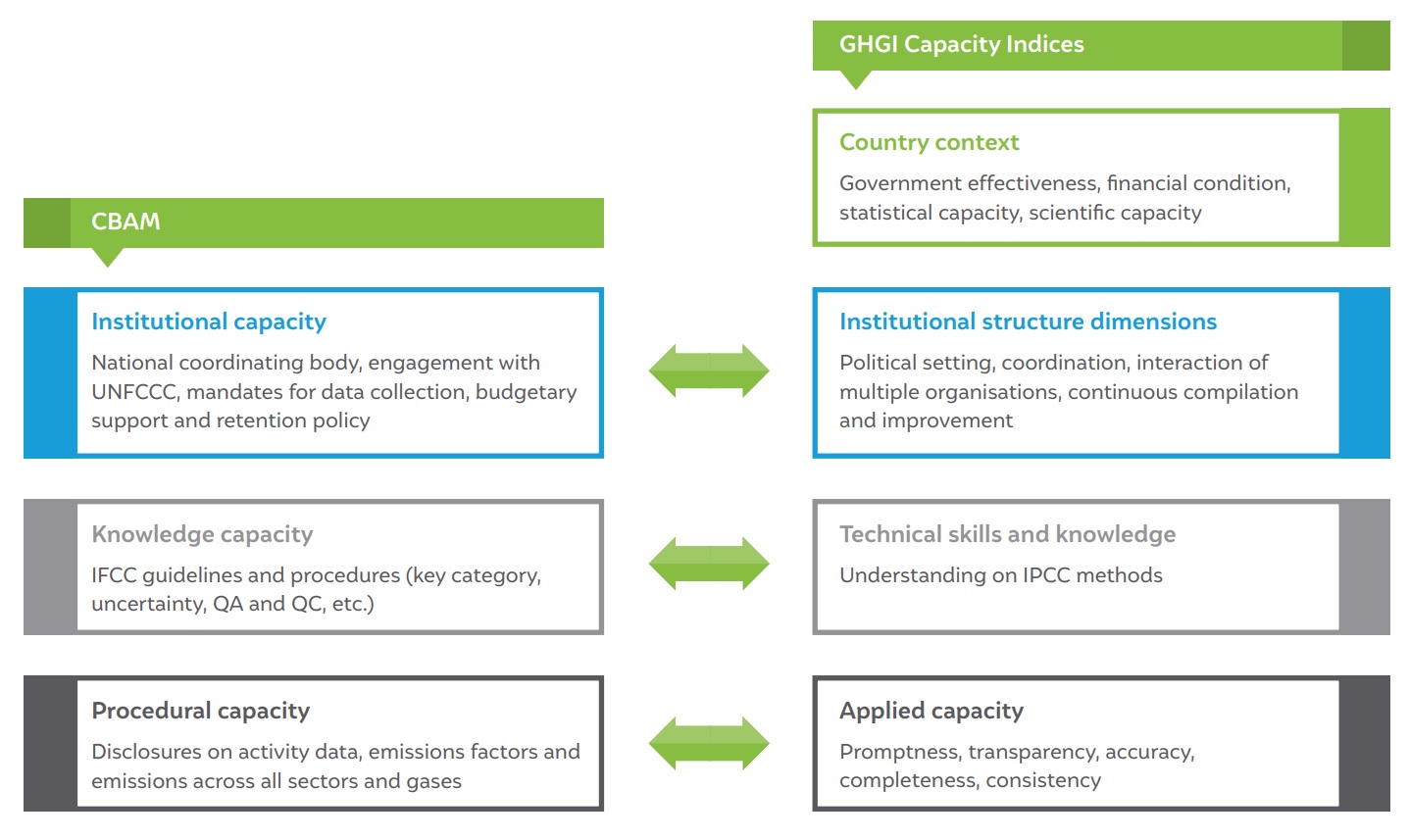
Sources: Authors’ analysis, based on CEEW’s CBAM study (2019) and Umemiya and White (2020)
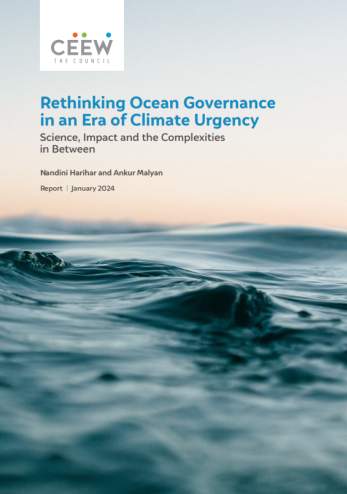
Rethinking Ocean Governance in an Era of Climate Urgency
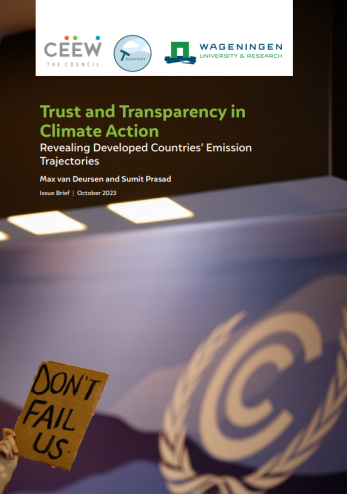
Trust and Transparency in Climate Action
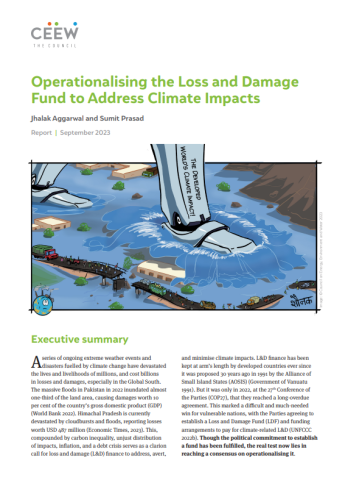
Operationalising the Loss and Damage Fund to Address Climate Impacts
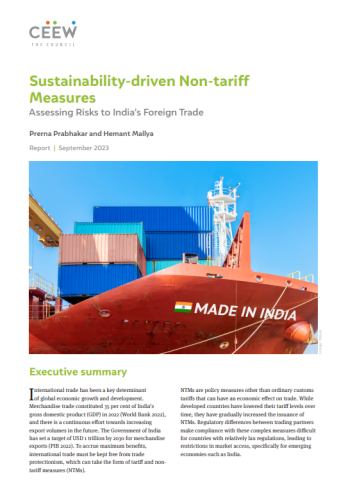
Sustainability-driven Non-tariff Measures